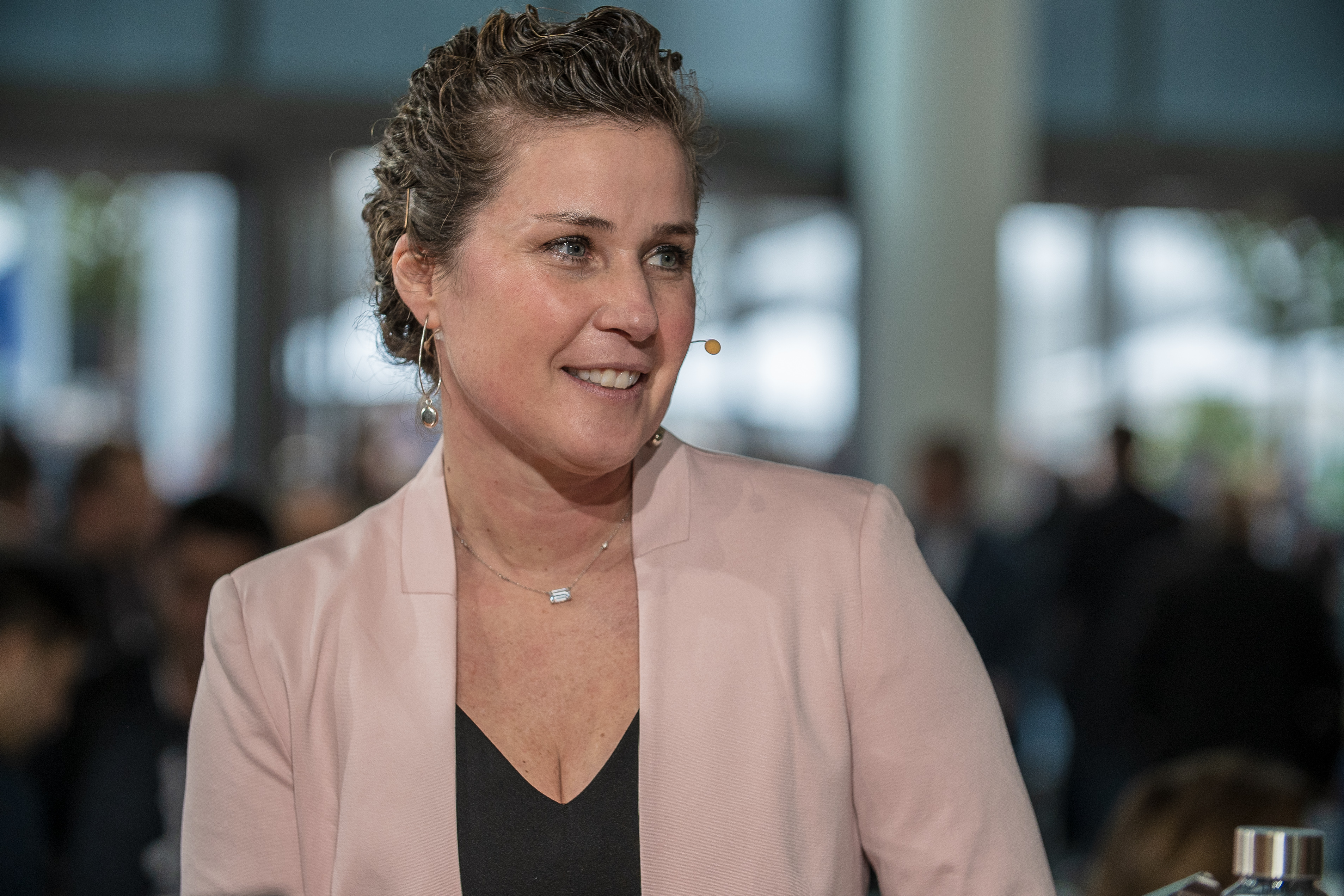 INFRA
INFRA
 INFRA
INFRA
 INFRA
INFRA
How are companies in 2019 going to make multicloud a practical reality? The jury seems to have selected containers (a virtualized method for running distribute applications). This is why legacies and startups alike are flooding the market with container products. Which should companies choose?
Ever see those Red Hat Inc. T-shirts that say “Containers Are Linux”? That pretty much sums up Red Hat’s bid for the containerization championship.
“As you move into that space of Kubernetes, and containers and orchestration, you really want someone who knows Linux,” said Stefanie Chiras (pictured), vice president and general manager of the Red Hat Enterprise Linux business unit, known as RHEL, at Red Hat.
Chiras spoke with Dave Vellante (@dvellante) and Stu Miniman (@stu), co-hosts of theCUBE, SiliconANGLE Media’s mobile livestreaming studio, during the IBM Think event in San Francisco. They discussed RHEL 8 and the crucial importance of Linux for containers. (* Disclosure below.)
While containers simplify application deployment, they complicate the Linux open-source operating system, according to Chiras. “Once you move into a containerized world, you’ve split up your Linux,” she said. “You have user space in your container; you have Kubernetes making 10 times the number of calls to the kernel space that the hypervisor ever did.”
Red Hat’s soon-to-be-released RHEL version 8 addresses this and other container complexities. The RHEL 8 beta is out, and Red Had is busy adding new features. For example, App Streams allows users to update the user space at a different rate and pace than their core base level. That allows faster updates to the user space.
“It’s a fantastic way to pull in innovation faster,” Chiras said.
Red Hat has also included features that ease consumption of containers and RHEL. These include capabilities for container newbies dipping their toes in the technology. There are tools like Podman, Buildah and Skopeo. They ease users into their first container deployments. “Then when you need orchestration, you can move over to OpenShift,” Chiras stated.
Joining containers and storage in a seamless way has been tricky business. This is another area Red Hat developers are working to simplify, Chiras concluded.
Watch the complete video interview below, and be sure to check out more of SiliconANGLE’s and theCUBE’s coverage of the IBM Think event. (* Disclosure: Red Hat Inc. sponsored this segment of theCUBE. Neither Red Hat nor other sponsors have editorial control over content on theCUBE or SiliconANGLE.)
Support our mission to keep content open and free by engaging with theCUBE community. Join theCUBE’s Alumni Trust Network, where technology leaders connect, share intelligence and create opportunities.
Founded by tech visionaries John Furrier and Dave Vellante, SiliconANGLE Media has built a dynamic ecosystem of industry-leading digital media brands that reach 15+ million elite tech professionals. Our new proprietary theCUBE AI Video Cloud is breaking ground in audience interaction, leveraging theCUBEai.com neural network to help technology companies make data-driven decisions and stay at the forefront of industry conversations.